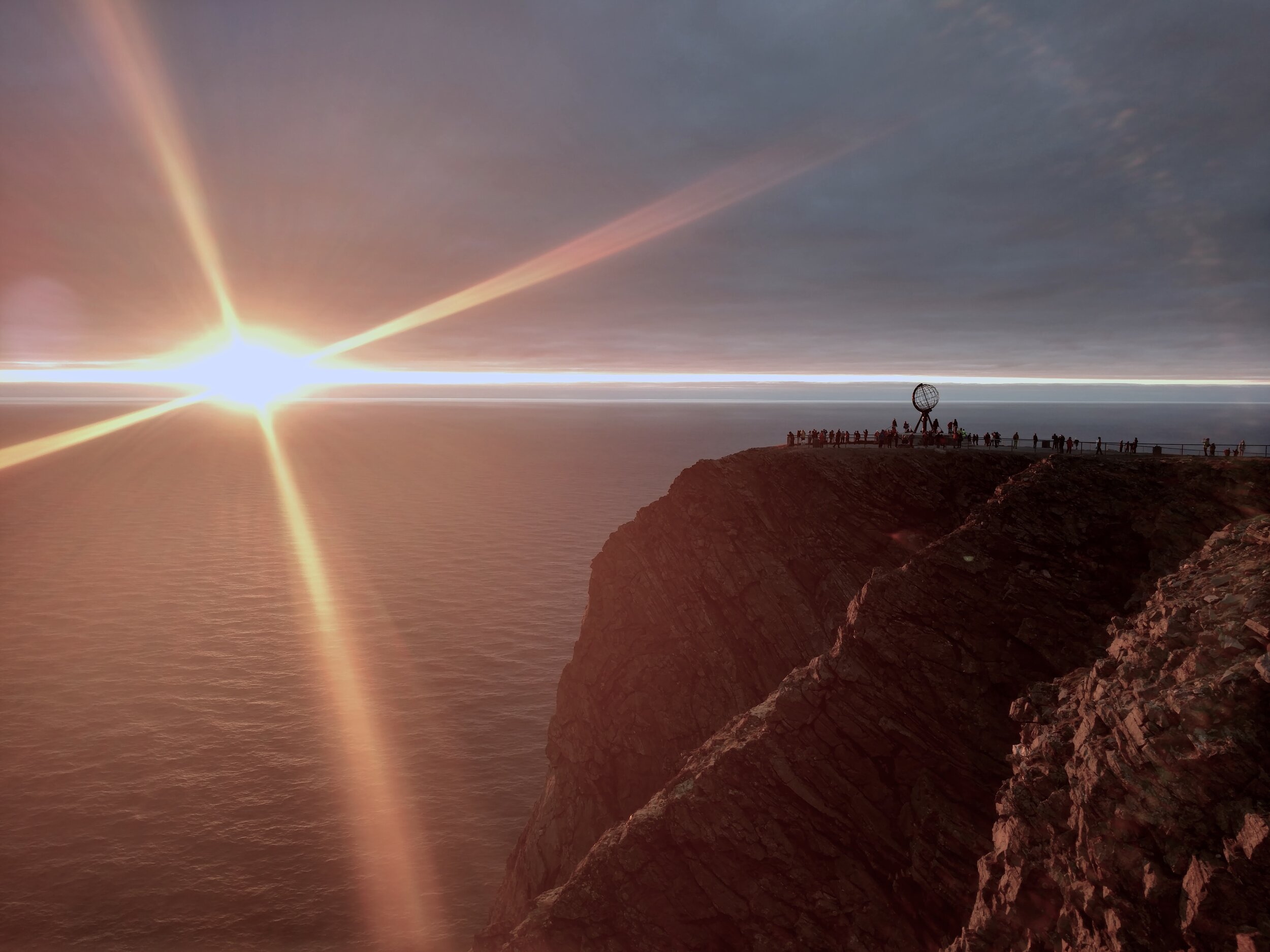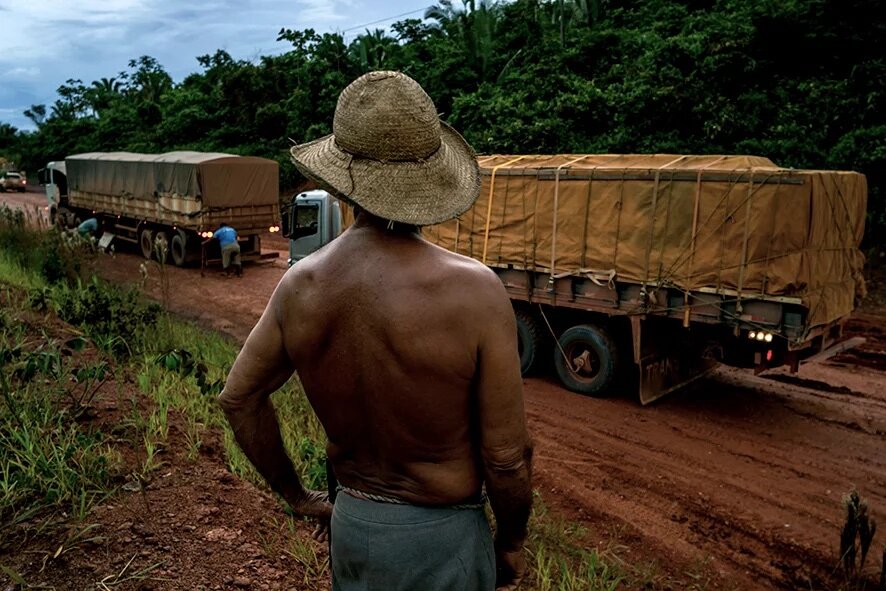
Questions are plenty.
In the prime of our lives, there is a sense of urgency to get going.
After many hundreds of vlogs, blogs, room tours, self -builds and base-vehicles, there is no simple answer.
Options and combinations affect each other. Making it one big compromise. And with each requirement, budgets balloon .
In the end, it’s about some key topics. On which there is much debate.

Who are you?
Travellers or Explorers?
Comfy or hardcore adventure?
Desert or Mountain? Sand or snow?
Slim or bulky?
Couple or family?
Full timers or extended weekends and hollidays?
Self-builders, project-managers or buyers?
McGyver or Simpson?

Wheel-estate?
To find the home on wheels that works.
To take us on our world travels. Or off-road adventures.
Safely and in comfort.
At a justifiable purchase price and sensible operating costs.
A vehicle that will keep its value and one day, sell swiftly.

What is comfort?
A reliable home. No worries on range, energy, water, food or safety.
Fine music, a good seat when moving. Silence when parked for the night
Being warm when it’s cold. And cool when it’s hot. Fresh air.
A hot shower after a wet hike.
Private sanitation. Fresh air.
A cool drink. Something on the grill outside or in the oven.
A cozy couch when it rains
Being connected to your loved ones. Or work.
Uninterrupted sleep in a level bed.
Easy access to the things we need. When we need them.

S or XXL?
Size limits and enables. With weight rather than length the main driver.
(S) Want to get to all those picture perfect spots? Do the goat trails? Travel by jeep. And hope for good weather.
(M) 3,5T. Tired of a roof tent? Want to stand inside? Go by van. Still, room will be tight. And toilet and shower sub-optimal. But anyone can drive it.
(L) 7,5T. Now, it’s a truck. As weight still matters, net payload is a limiter on fuel, water, space. Prices start rising rapidly. 300K is possible.
(XL) 15T. Now, it’s a big truck with 2 axles. But still limited. No double access bed. And limited solar. But when measuring length and height, including the cargo racks and air vents , they are higher and longer than you think. And full size wide. Prices reach 500K threshold
(XXL) 15T+, Now its 3 axles. Size will set you free. Access and agility comes less from length than from wheelbase, axle configuration and wheel size. there are few spaces XL will go where XXL won’t. Prices reach 1m and more.

Off-road?
Or off-highway?.
Reality is that worldwide, 99% of all goods are delivered over roads and tracks by trucks of all sizes. And that people travel the Silk Road in standard campers.
Unlike common cars, normal trucks have differential locks and carry air compressors to deflate/inflate tires. With occasional front wheel drive you can see the world in all seasons.
If you want to crawl over everything, then opt for the 3-diff-lock permanent-drive in 4x4/6x6. With the big 14,16 or 20” tires. And heightened suspension. And special torsion frame.
Do not forget to bring the skills. You’ll need them.

Old or new?
Suitable pre-owned base vehicles are hard to come by. And, by the time they are travel-ready, will double in price. Revisions of drive trains, restorations; climate and sound proofing, chassis extensions cost money and time. Prices are rising significantly. Military vehicles take know-how to register.
New units need more initial expenditure. But as they will only take 200K km over 6 years, they will carry their value well.
And they are much safer and cleaner. All while significantly cheaper to run.

To AdBlue?
Or not to AdBlue? Euro6? ULSD?
Today, in Europe, the sanitation of diesel fleets is accelerating. Euro 0/1/2/3/4 already are excluded from cities or carry heavy penalisation.
Ultra Low Sulphur Diesel availability is growing. Most destination countries signed up to ULSD EN590 Norm diesel in 2014. On modern trucks, 1000L will take you 4000km. 75L of AddBlue will do 4500km. That’s Peru to Patagonia on one fill.

Rack?
Or garage?
Things aren’t meant to be stuck to the back of a truck.
To be sandblasted or pickled.
What you carry as a spare, is a fortune to others

E?
Or LPG?
Like diesel, gas helps with cooking. And, when solar or battery capacity is limited, it solves a lot of issues. It is cheap and widely available. But it is more complicated than it looks, adds moisture, smells and can leak. And will not run airco.
Opting for electricity “all-out” avoids one more system to be installed and maintained. Solar and diesel will generate all the energy you’ll ever need. From solar, the alternator or a generator. Not running the generator implies a lot of solar.

Value?
Or cost?
Depreciation, more than running cost, drives cost/km travelled. The impact of the purchase price is staggering.
Business has been booming for a decade. Prices have skyrocketed. As are waiting lists. but even when pre-owned models sell swiftly, steep write offs are reality. Should demand stall, the most expensive ones will suffer the most.

From the experts
“You can never have enough solar, energy, water and storage”
“The quality of the build shows in the accessibility of the components”“Overlanding is strenuous. Comfort is about safety”
“Any size has its limitations. Eventually, you will get stuck. You will turn back”
“In reality, 95% of the time is spent on tarmac”
“Make sure the quality of the chassis and the shelter are in line”
“Most can afford the travel. Many can fund the purchase.
Few can afford the write-off”

All well considered, this makes sense.
A last generation, all-weather ruggedised truck.
Carrying modern driver-assist and safety-systems.
Sensibly powerful and strong
Water, energy, range, heating and cooling capacity for 20 days.
The strongest box available.
Enclosed and well organised storage.
Access to the bed for both of you.
A good shower and sturdy toilet.
Restaurant-quality water filtration.
A technical room to keep all systems safe, heated and cooled,
tidy, silent, while totally accessible.
Communication and navigation all set up redundantly.
Room for six
(Sorry, but it does take 3 axles)
